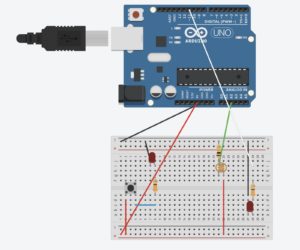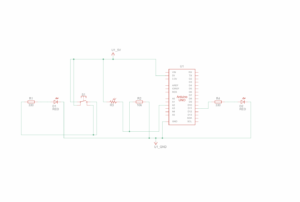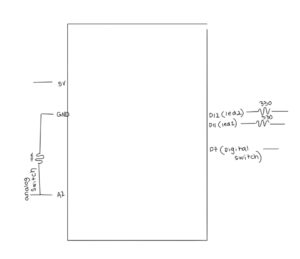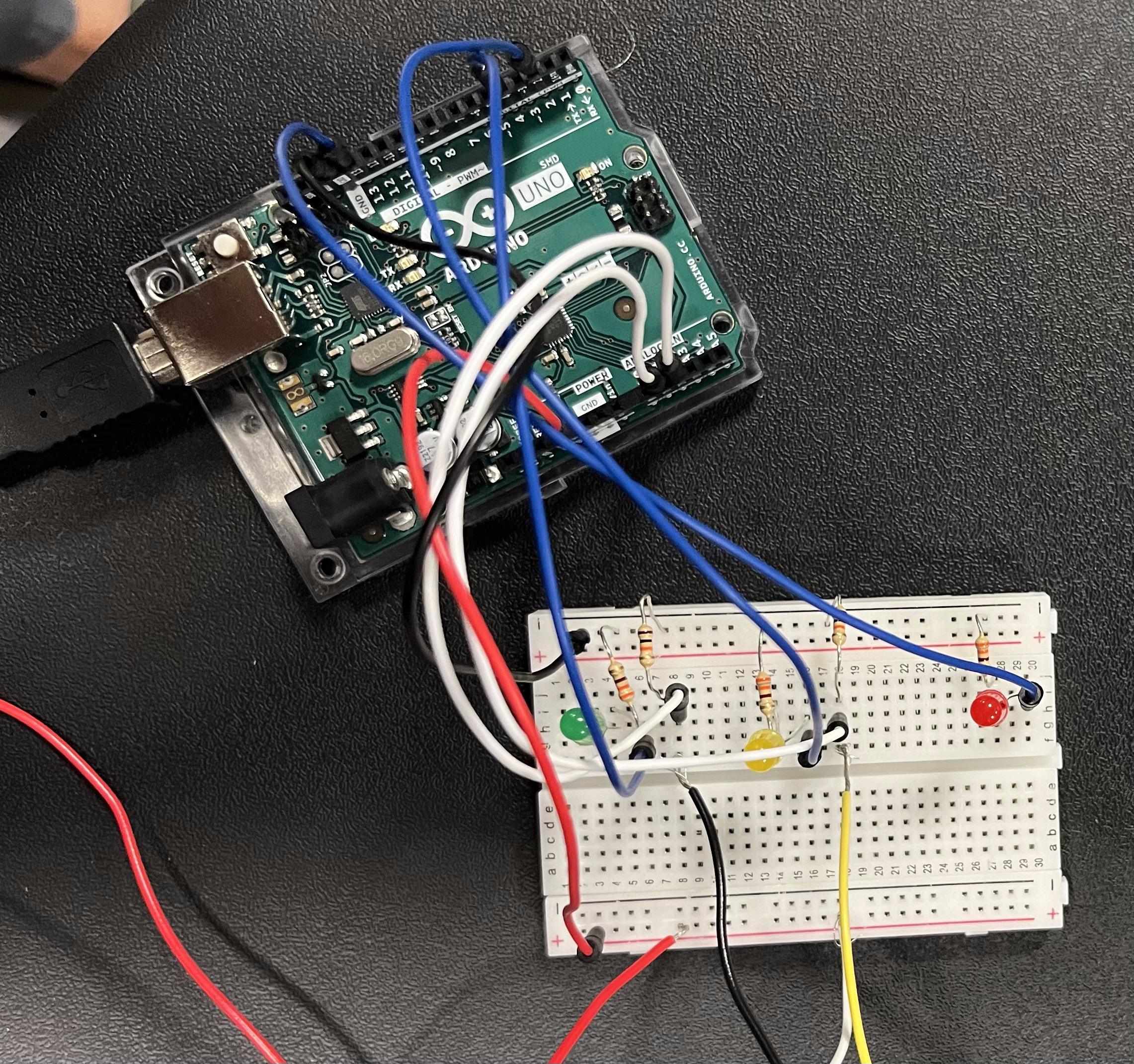Making Interactive Art: Set the Stage, Then Shut Up and Listen
I found this blog post insightful. At first, it made me feel very confused and upset, because the approach I was taking with the assignments that we’ve completed before is like with artworks, where I set the meaning and actions and people follow it. But, it actually makes such more sense when we say that it is not one sided interaction, we listen to how users speak with their actions and do they find their way by themselves. It was so surprising to me that the author related planning interactive artwork to the director working with actors, because this semester I’m taking a DIRECTING class too! After the paragraph about directing, the idea of the author became really clear to me and I actually got it. I resonated with his words of leaving half part of your work to the audience to figure out what they are feeling about it and what meaning they would find in it, because that’s what makes it an artwork. My professor in the Directing class used to tell us: “Love your audience”. Now, it could really apply to my interactive works, where the users would come first and the intentions and messages that I planned would go second.
Physical Computing’s Greatest Hits (and misses)
In one of the first ideas of the author about not necessarily seeking originality, I agree with him, because I think that replication is key for learning and mastering skills. In art schools they teach artists to replicate the biggest art masterpieces, so afterwards there would be a room for original artworks creation.
It’s my first encounter with the theremin instrument. And I like how Tom Igoe put the idea of interaction with instruments that when you are using them you essentially think about music and the process of using it. That leads us to the point that interaction should be simple, understandable and meaningful.

When discussing dolls and pets, I remembered the viral dancing cactus toy, which replicates the sound and adds movements. The author mentions that “we like things that appear behave like us”, but the case with the cactus toy is definitely an exception, because in TikTok there is a growing trend of videos where these toys make babies cry after they hear a toy replicating their sound and movement.

Moreover, even though dance is one of the most enjoyable physical expression forms, I don’t think the usage of it in physical computing expanded beyond the Step Maniax arcade, where you just have to step on right rectangles (or maybe I just didn’t see any other examples).
When discussing the whole body as a cursor idea, I thought about using it for manipulating the computer screen. Also, in this case the concept of inclusivity really steps in, because different people have different abilities.
The idea of flying seems very exciting in terms of interactions.






